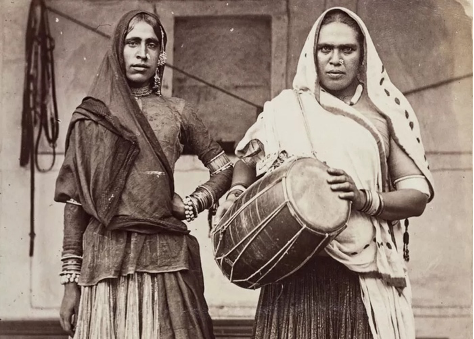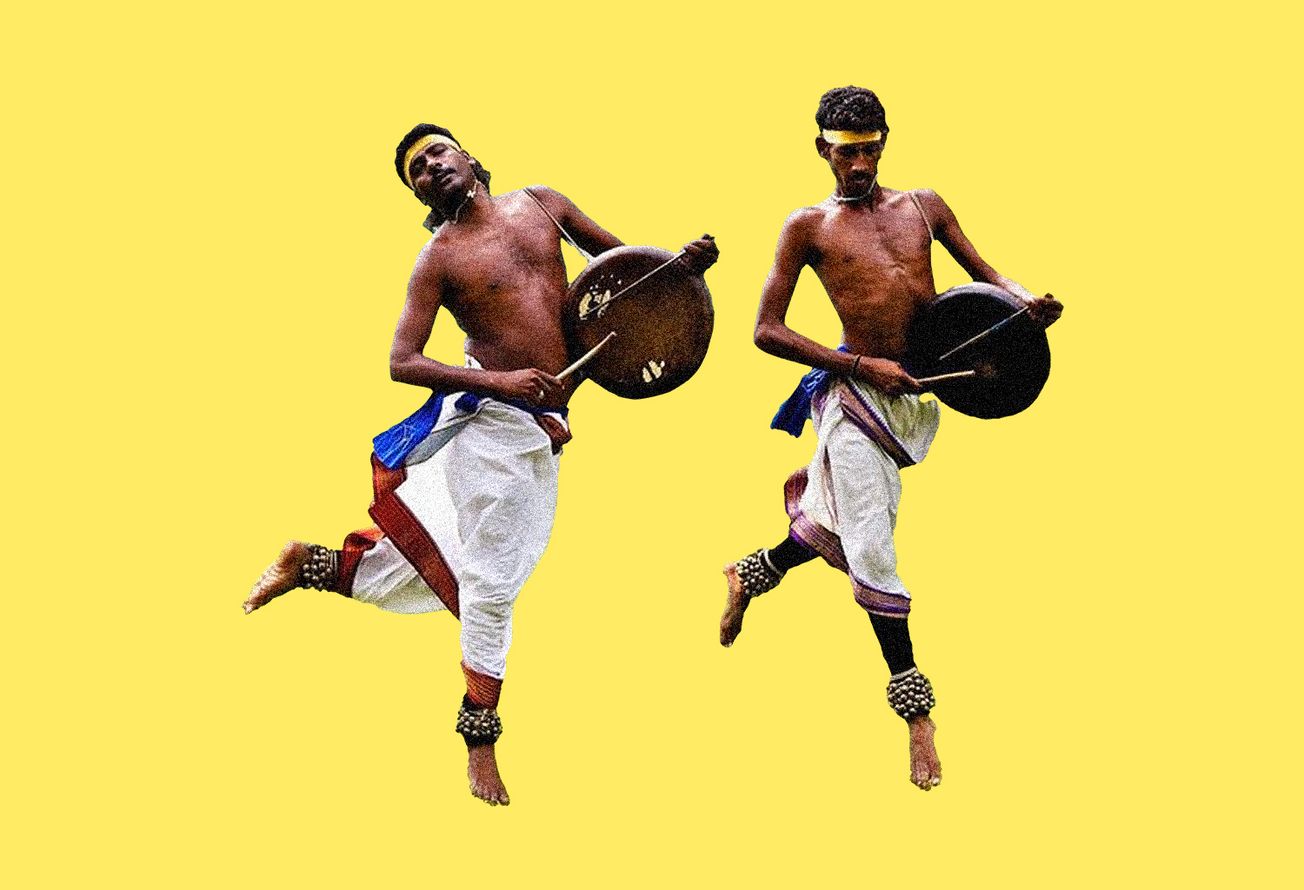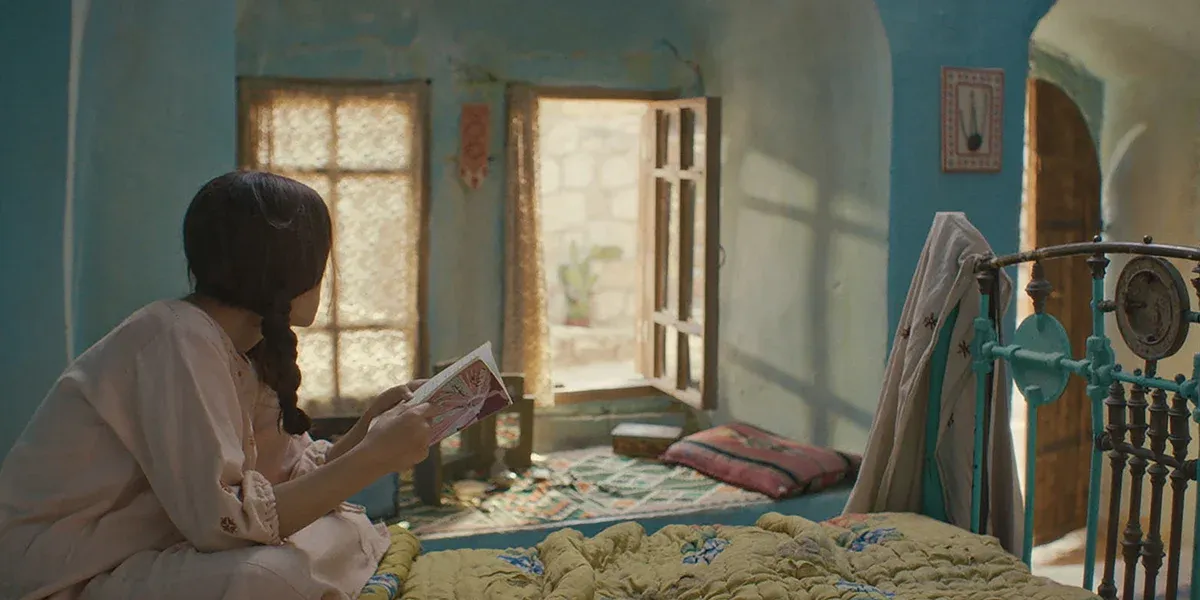Before colonisation, India was not a space of sexual rigidity but a transgressive and shifting space where people from across the socio-economic spectrum explored and expressed their gender and sexuality in myriad ways. But I didn’t always know this. Growing up as a queer teenager in India, I thought sexual freedom and gender fluidity were contemporary constructs of the West. Like they were alien to the Indian subcontinent. I was so wrong.
A look into the colonial archives show that we think this way because of “postcolonial amnesia.” For the past two years, I have been researching gender and sexuality in colonial India, and this has made me rethink everything about how we consider the past as necessarily regressive vis-à-vis the present. In fact, sometimes, the past can be more progressive than we imagine. This was true for sexual freedom in India.
This is not to say that the Indian subcontinent was some sort of utopia before the British arrived on its shores. Let us be clear from the get-go that to “decolonise” is not to be an apologist for all the vicious wrongs perpetrated in India before colonisation, it is not about blindly singing the praises of some concocted glorious past; it is not about glossing over the violent discrimination based on caste, class, sex, ability, race, religion, (ad infinitum), that plagued ancient and medieval India.
To decolonise then, is to carefully parse apart the way we see now as postcolonial subjects, to deconstruct the subjectivity that we’ve inherited as a result of the colonial experience and to look into our pasts self-consciously. It's to consider, with clear eyes, how things changed in the colonial moment and ask questions – How did old hegemonic patriarchies merge with the new? Did the status quo bring opportunities to the marginalised? Did matters relating to gender and sexuality improve in the colonial era?
When the East India Company metamorphosed into the British Empire in 1858, it set out to “civilise” Indians and bring them into modernity through a spate of new laws. While there is no denying that many Indian practices were indeed cruel and the Empire rightly banned them, it is not the whole story. Indians have for generations resisted patriarchal hegemonies much before British lords ostensibly fought on their behalf. They’ve challenged its construction of gender and negotiated spaces for themselves to exist, thrive, preside over. Many of these spaces were ruined in coloniality.
It is a well-recorded fact that the Empire consistently curtailed Indian women’s access to power, property, and inheritance even when native traditions allowed it. For instance, the Watandari Bill of 1874 sought to control and dispossess female successors of estates in Maharashtra, even though it was traditionally acceptable for women to inherit. And the 1860 Penal Code introduced a set of vaguely worded laws that gave the colonial state discretionary power to regulate the behaviour of marginalised women and sexual minorities in public effectively constraining their mobility and agency.
This arcane colonial history becomes all the more intriguing when we see the aftereffects of the Contagious Diseases Act (1864-68). While the main purpose of this act was to stop the spread of venereal diseases among British soldiers, in reality, it was about regulating the sexuality of women, especially in the colonies. For the purist Victorian mind, Indian society was a space of sexual vice of all sorts and its women were especially a source of alarm. Not only did unmarried women pursue professions that centred on their sexuality, but also married women weren’t all strictly monogamous. Some did sex work, some seemed to do sex work but didn’t consider themselves sex workers, and others did “sexy” work, which to the prudish British was sex work. Everyone was overtly sexualised and corrupting to Victorian eyes: from nautch dancers to courtesans, singers and street performers, even homeless women who roamed the streets were suspected of doing sex work.
Further, there were men who dressed as women, women who dressed as men (in 19th c. administrative and military reports, we see disparaging mentions of this) and there were those who didn’t tick any sexed boxes. For the categorising British officer, this was a chaotic state of affairs. Unsurprisingly, when the time came to categorise, most women suspected of doing sex work were marked as “prostitutes” in colonial records, while those who cross-dressed were criminalised altogether.
In Indian Sex Life (2020), historian Durba Mitra explores how colonial officials marked all women outside monogamous Hindu upper-caste marriages as prostitutes. The British Empire literally employed spies to spy on women’s sexual lives to see if they could find evidence of sexual impropriety. And when they couldn’t find direct evidence of women’s involvement in sex work, they cited their secrecy as proof of sexual transgression. Across the subcontinent, various women contested the policing of their sexuality. Even as colonial intervention sought to erase their sexualities and control their gender, they resisted. But we don’t know these (her)stories because they have been erased from our memories.
Also erased are queer South Asian pasts. India’s story of (queer) desire is a complicated one. Even as purist religious texts condemned all sexual desire outside heteronormativity, there is plenty of proof (in art, architecture, prose, and poetry) to show that sexual fluidity and subversive desire of all sorts existed, even thrived, all through time. The work of historians Ruth Vanita and Madhavi Menon points to the queerness inherent in ancient and medieval Indian cultures. When the Empire criminalised sexual acts “against the order of nature” with Section 377, keeping true to its purist traditions, it erased all the multiplicity of desire in the subcontinent, as evidenced by historian Anjali Arondekar in her work. The Empire criminalised and penalised those who transgressed.

This meant that people previously accepted as valuable members of society were now pushed to the margins. Hijras, who traditionally held powerful official positions (during the Mughal Era, Hijras were governors, courtiers, and imperial guards), were criminalised en masse. Independent women courtesans in same-sex relationships were marked as sexually transgressive and covertly punished. Victorian ideas of what it meant to be a “dignified” man or woman coursed through the veins of Indian society and old prejudices were mapped onto new ones. Colonial India, in effect, amalgamated old puritanical codes of heteronormativity with Victorian attitudes towards sex.
We are still battling these attitudes today, with almost no memory of the resistance and agency of our forebears. We do not remember that gender and sexuality have always been fluid in our languages and cultures and that dissidence has been quintessential to our existence. Just as the colonial masters intended, we see our pasts as pure pestilence. You see then, there’s the need to decolonise, to reimagine, because our pasts were also (proto)feminist and queer.






